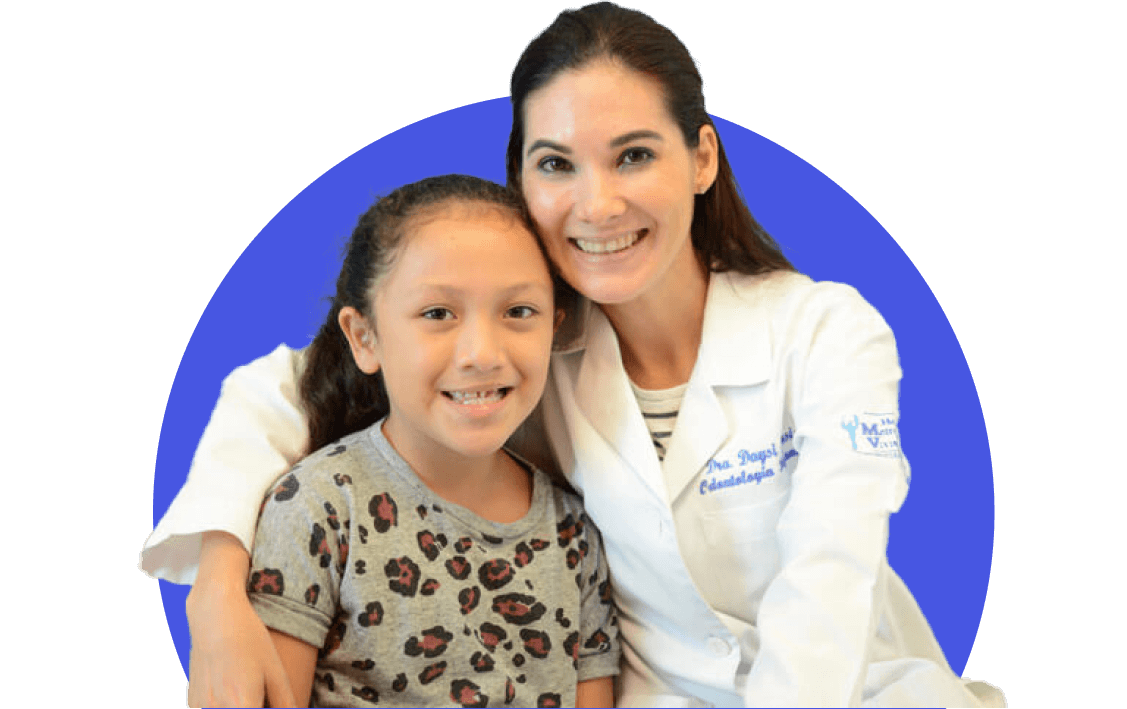- Cleft Home
- What is Cleft Lip and/or Palate?
- Prenatal Diagnosis
- Feeding Your Baby
- What is a Cleft Team?
- Surgery
- Hearing, Speech, and Dental Care
- Paying for Treatment
- Managing Feelings
- Craniofacial Conditions
- Toddlers and Preschoolers
- The School-Aged Years
- The Teenage Years
- Letter to a Teacher
- Information for Adults
- Support Organizations
- Learn More: Downloads
- Cleft Home
- What is Cleft Lip and/or Palate?
- Prenatal Diagnosis
- Feeding Your Baby
- What is a Cleft Team?
- Surgery
- Hearing, Speech, and Dental Care
- Paying for Treatment
- Managing Feelings
- Craniofacial Conditions
- Toddlers and Preschoolers
- The School-Aged Years
- The Teenage Years
- Letter to a Teacher
- Information for Adults
- Support Organizations
- Learn More: Downloads
What is a Craniofacial Condition?
A craniofacial condition is a difference or group of differences that affects the bones of the head and face.
Examples of craniofacial conditions include cleft lip and/or palate, craniosynostosis, Treacher Collins syndrome, Pierre Robin sequence, Crouzon syndrome, and positional plagiocephaly, among many others.
A person born with a craniofacial condition should be seen by a team of specialists that provides comprehensive, coordinated care. The ACPA approves two types of teams: cleft palate teams and craniofacial teams.
To learn more about these types of teams and which type is best suited for you or for your child, visit the “What is a Cleft Team?” tab on the left. To learn more about four craniofacial conditions, click through the prompts, below.



